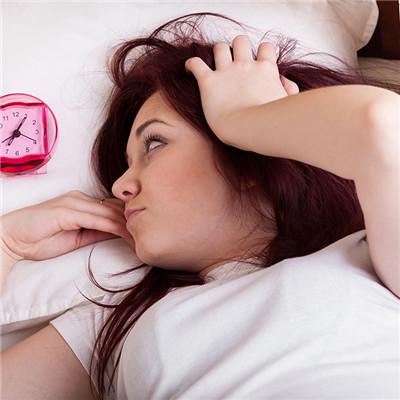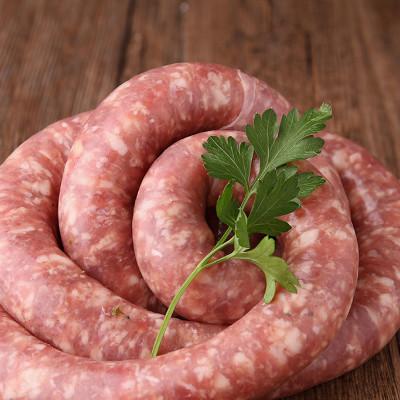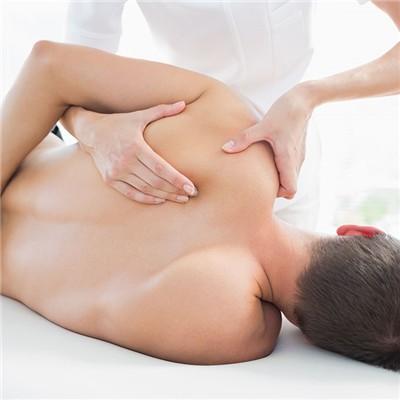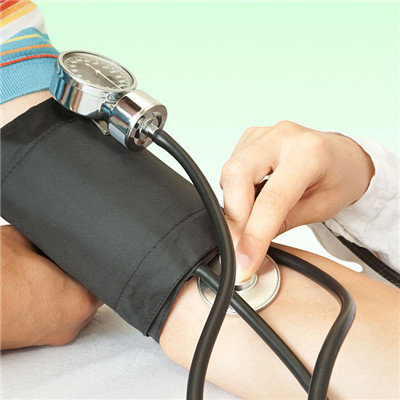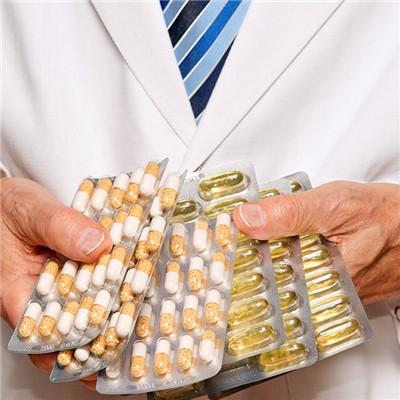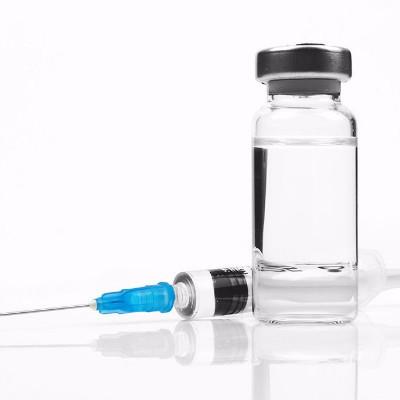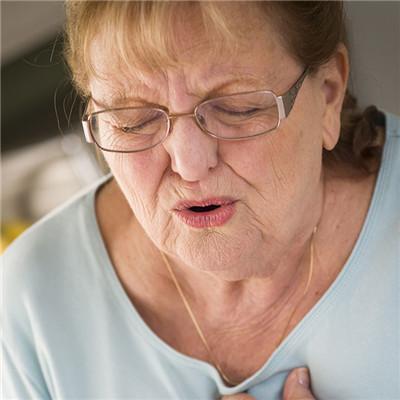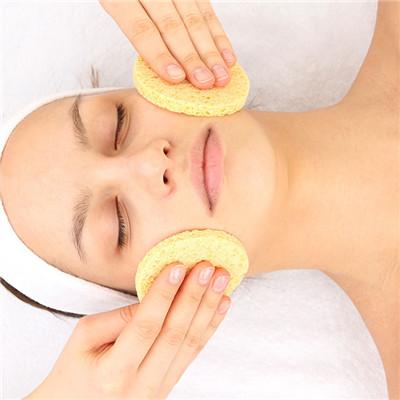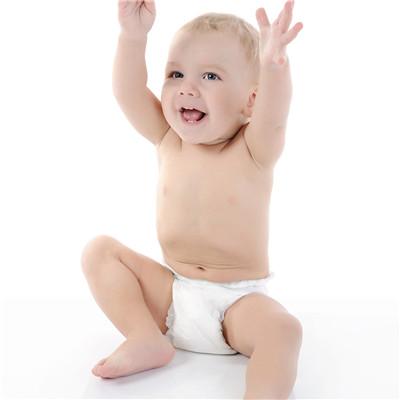What symptom is purpura?
summary
Purpura is what we call anaphylactic purpura, which is a disease that can lead to obvious inflammation of the skin, and it can also lead to anaphylactic capillary in patients. Patients in such a disease often have abdominal pain and joint pain, after that, it will lead to kidney damage. Common patients with such diseases are some children, in the child's limbs and body will appear a lot of petechiae, after that there will be blisters.
What symptom is purpura?
Symptom 1: when children or teenagers have such symptoms, they often have fever and joint pain, and then they will have symptoms of general discomfort. If there are symptoms of skin lesions, there will be needle sized petechiae.
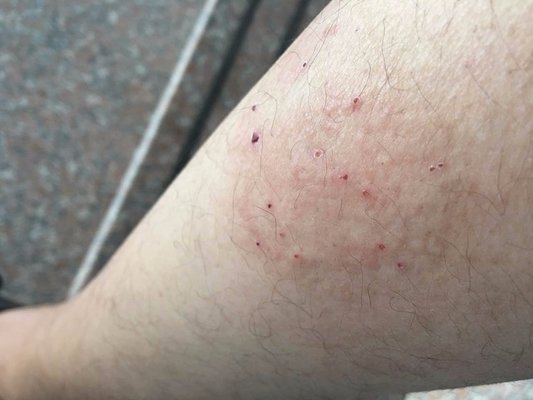
Symptom 2: joint symptoms in addition to skin purpura, joint swelling, pain, tenderness and dysfunction occur due to vascular involvement of joint parts (about 1 / 2 patients have joint symptoms). The symptoms of allergic purpura mostly occur in large joints such as knee, ankle, wrist and elbow. Joint swelling is generally mild, wandering, recurrent, and healed after several days without joint deformity.
Symptom 3: Henoch Schonlein purpura is characterized by skin ecchymosis, which mostly appears around the joints of lower limbs and buttocks. Henoch Schonlein purpura is distributed symmetrically, appears in batches, varies in size and color, and can be integrated into a piece. Generally, it gradually subsides within a few days, but it can occur repeatedly.
matters needing attention
For such diseases: children with allergic constitution should avoid contact with pollen, paint, gasoline, dust (wear masks when going out to reduce the inhalation of dust by nose and mouth), etc; Do not keep any hairy pets, such as dogs and cats, to minimize the contact with animal fur; Try to eat less or no allergic food, such as seafood (fish, shrimp, crab, shellfish, etc.), eggs, milk, food made of pollen, etc; Do not eat unclean fruits and untreated aquatic plants to eliminate the chance of intestinal parasite infection; Try to take less or not to take sensitive drugs, such as penicillin, amoxicillin, etc. It is worth noting that for children who have already identified allergens, contact with such allergens should be avoided.
